
Dogs
The cocker spaniel is a very popular pet, available in two distinct versions. The American cocker is typically known as a companion pet and is a little smaller. The English cocker is more often used to hunt and has a little more pleasant disposition. Often ranked as one of the top dog breeds, the cocker spaniel is the smallest member of the sporting dog family and was accepted by the American Kennel Club in 1892.
Spaniels of all kinds have been faithful hunting companions for centuries. They are a large family of dogs and mentioned in literature as far back as the mid 1300s. Over time, the spaniel family was divided into land spaniels and water spaniels. In the middle of the 19th century, breeders began to pay more attention to standardizing and developing specific breed lines in the land spaniel group. Eventually, the English cocker line and English toy spaniel line were begun.
The name cocker is disputed and some feel that the name refers to the breeds proficiency as a hunter of woodcocks.
By the late 1800s, the English cocker could be found in the United States. Over time, the English cocker slowly evolved somewhat differently than the original cocker in size, shape and color. In 1946, the cocker spaniel was officially divided into two separate breeds; the American cocker spaniel and English cocker spaniel, both recognized by the AKC.
The cocker spaniel is a medium-sized handsome dog. The head is round with a smooth forehead. The muzzle is broad, the jaws square and the ears hang long. The tail is often docked around the time of birth. The American cocker has a slightly more chiseled head and shorter muzzle than the English version.
The hair coat is one of the most distinguishable characteristics. It is silky, slightly wavy and of medium length. The American cocker's hair coat is a little longer than the English cocker. Both versions of the cocker have a thick undercoat that protects them from cold and damp weather. The cocker comes in a variety of colors: Black, black with tan, cream, dark red, brown with tan, buff and others. Parti-color refers to a hair coat of two or more solid colors, one of which must be white.
The English cocker stands at a height of 15 to 17 inches at the shoulder and weighs 25 to 35 pounds. The American cocker is a little smaller, with a height of 15 to 16 inches at the shoulder and weighs 22 to 28 pounds.
Overall, the cocker spaniel is a cheerful dog that is willing to please. As with other spaniels, the cocker is energetic and needs regular exercise. If not allowed to exercise, behavioral problems often develop.
Well suited for city or country life, the breed has natural protective instincts that make him a good watchdog. If raised with children, cockers can do well. Older cockers not exposed to children early in life tend not to tolerate their antics. The American cocker has been more finely bred than the English cocker, which has lead to some temperament problems.
Cocker spaniels have an inherent desire to hunt and they make capable gun dogs. They can be easily trained to flush and retrieve game. Even though they are land spaniels, they can adapt to water. The English cocker is used as a hunter more so than the American.
In addition to hunting training, the cocker spaniel is easily trained in obedience.
Cockers should not be left alone for extended periods of time. This can lead to frustration and subsequent behavioral problems and destructiveness. With the increase in popularity of the cocker spaniel, indiscriminate breeding practices have resulted in temperament problems. Some are nervous and can be aggressive toward strangers.
Due to their long hair coat, the cocker must be groomed frequently.
Immune-mediated hemolytic anemia is a serious blood disorder than results in profound anemia.
Urolithiasis is a condition affecting the urinary tract resulting in the formation of bladder stones.
Cataracts cause a loss of the normal transparency of the lens of the eye. The problem can occur in one or both eyes and can lead to blindness.
Glaucoma is a painful and serious condition that causes pressure within the eye to increase. It can lead to blindness if not treated early.
Hip dysplasia is a malformation of the hip joint that results in pain, lameness and arthritis.
Epilepsy is a seizure disorder that develops between the ages of 2 to 5 years.
Hypothyroidism results when the thyroid gland does not function adequately. Without enough thyroid hormone, illness can occur.
Intervertebral Disk Disease is a disorder that affects the spinal disks resulting in pain, difficulty walking and possibly paralysis.
Otitis is an infection of the ear.
Cherry eye is an abnormality of the third eyelid.
In addition, cocker spaniels are prone to demodicosis, deafness, atopy, facial nerve paralysis, dwarfism, elbow dysplasia, hydrocephalus, allergies and skin cancer.
The cocker spaniel has an average life span of 14 to 16 years.
We realize that each dog is unique and may display other characteristics. This profile provides generally accepted breed information only.
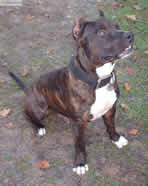 American Staffordshire Terriers: A guide to dogs and puppies of the American Staffordshire Terrier breed
American Staffordshire Terriers: A guide to dogs and puppies of the American Staffordshire Terrier breed
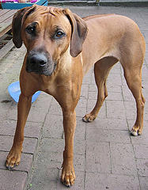 Rhodesian Ridgebacks: A guide to dogs and puppies of the Rhodesian Ridgeback breed
Rhodesian Ridgebacks: A guide to dogs and puppies of the Rhodesian Ridgeback breed
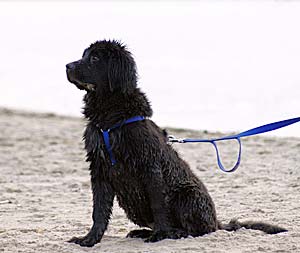 Newfoundland
Newfoundland
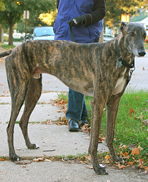 Greyhounds: A guide to dogs and puppies of the Greyhound breed
Greyhounds: A guide to dogs and puppies of the Greyhound breed
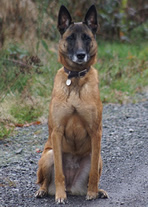 Belgian Malinoiss: A guide to dogs and puppies of the Belgian Malinois breed
Belgian Malinoiss: A guide to dogs and puppies of the Belgian Malinois breed
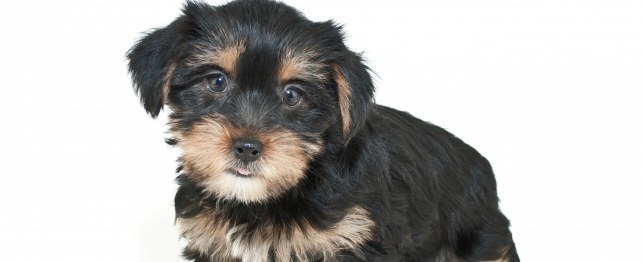 Morkie: Choosing a Morkie
Morkie: Choosing a Morkie
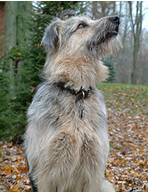 Scottish Deerhounds: A guide to dogs and puppies of the Scottish Deerhound breed
The Scottish Deerhound!
The Scottish Deerhound is comparabl
Scottish Deerhounds: A guide to dogs and puppies of the Scottish Deerhound breed
The Scottish Deerhound!
The Scottish Deerhound is comparabl
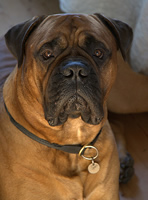 Bullmastiffs: A guide to dogs and puppies of the Bullmastiff breed
The Bullmastiff!
The Bullmastiff is a powerfully built anim
Bullmastiffs: A guide to dogs and puppies of the Bullmastiff breed
The Bullmastiff!
The Bullmastiff is a powerfully built anim
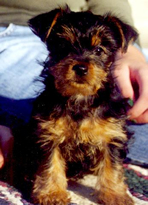 Yorkshire Terriers: A guide to dogs and puppies of the Yorkshire Terrier breed
The Yorkshire Terrier!
The Yorkshire Terrier is a single-co
Yorkshire Terriers: A guide to dogs and puppies of the Yorkshire Terrier breed
The Yorkshire Terrier!
The Yorkshire Terrier is a single-co
 Belgian Malinois
Belgian Malino
Belgian Malinois
Belgian Malino
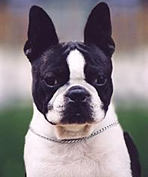 Boston Terriers: A guide to dogs and puppies of the Boston Terrier breed
The Boston Terrier!
The Boston Terrier, a native American b
Boston Terriers: A guide to dogs and puppies of the Boston Terrier breed
The Boston Terrier!
The Boston Terrier, a native American b
Copyright © 2005-2016 Pet Information All Rights Reserved
Contact us: www162date@outlook.com